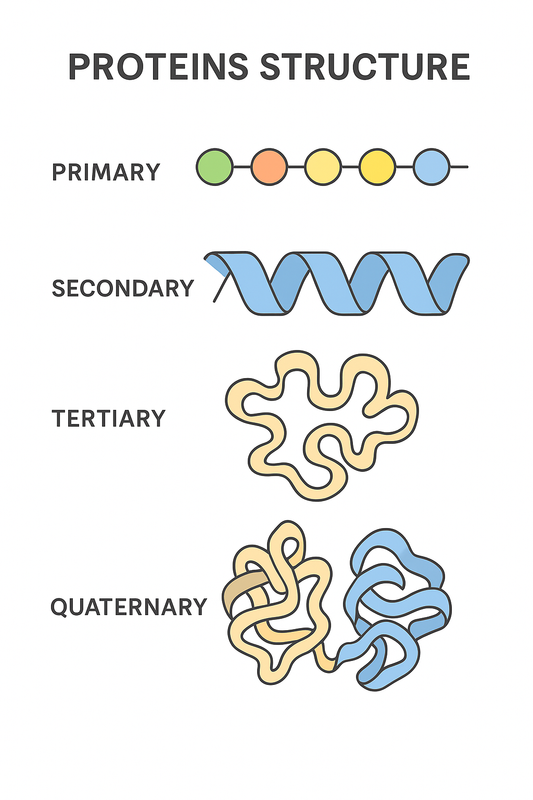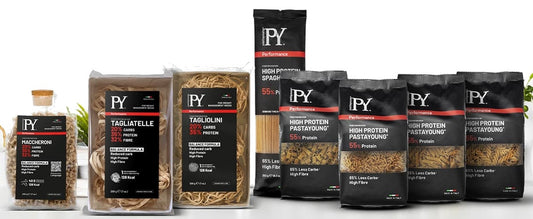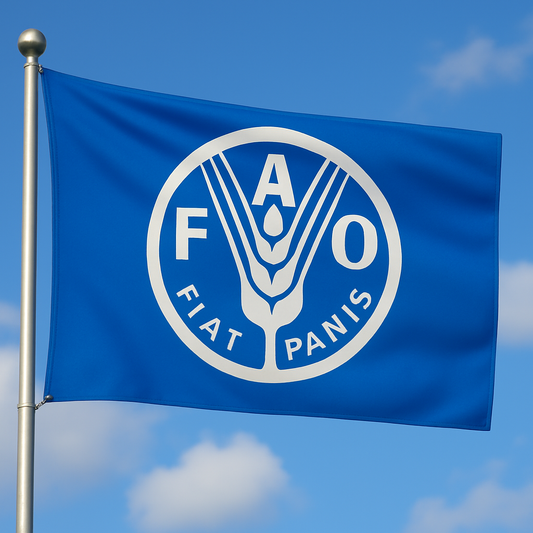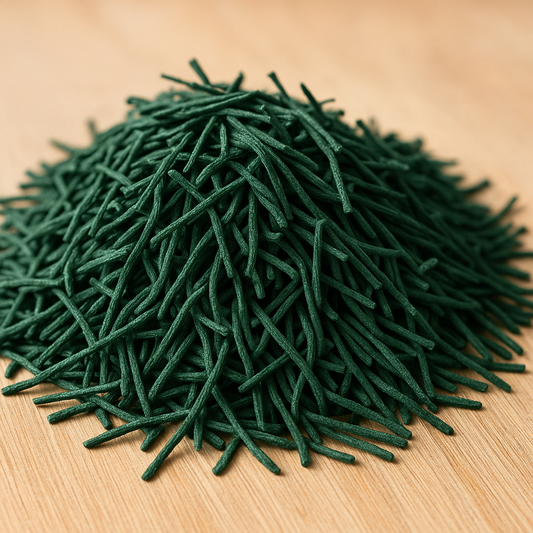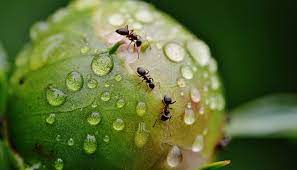
Edible ants
Share
Edible ants: varieties, recipes and nutritional value.
Would you ever have guessed that among the many species of edible insects there are also some varieties of ants?
Actually, it is not a secret at all, since some disciplines such as Chinese medicine and ayurveda have always supported the benefits provided by the consumption of these small beings, for example, for the eyesight. It is also true that, in the case of insects, it is not enough to list which species are edible and what nutritional properties they can provide our bodies; in fact, most consumers would still turn up their noses. The best thing is to be able to create an awareness of a topic that is still in large part prickly, but which, if it were universally addressed and thoroughly clarified, could really help make a difference. Not only because it would promote the introduction of a healthy, balanced diet, preferable to many other products, but also in terms of economy and sustainability. In this article, we will try to educate people on the world of edible ants, illustrating varieties, characteristics and also providing some culinary ideas.
It is only necessary to pay attention to one thing: not all ants are good for you. Some of them could in fact be particularly toxic for human beings because of the production of formic acid. That's why it's important to rely on specialized manufacturers and retailers who know their products very well.
A little guide to eating ants
Hymenoptera (the class to which ants belong) are not the only edible insects. Crickets, locusts and termites are just a few of the specimens consumed in different parts of the world either as a simple supplement or as a main dish. In some countries, insects are consumed irrespective of the context and the socio-economic condition of the individuals: therefore they represent a culinary patrimony within the reach of everyone regardless of class. Whether they are eaten fried, raw or sautéed, or whether larvae or adults are preferred, is a matter of culture and habit.
Specifically, let's take a closer look at eating ants and find out which species are edible and why they are so highly valued by some populations.
Honey Ants
Among the most common varieties of edible hymenoptera are the honeypot or honey ants. The main characteristic of these specimens lies in the role played by some of the workers (the so-called repletes) within the community. These are in fact used as a reserve and food supply: in periods of abundance, the other ants fill them with food until their abdomen swells to the point of taking the appearance of a ball. From this moment on, the swollen repletes have no choice but to remain immobile and put themselves at the complete disposal of the other members of the community who, periodically, will go to feed from their antennae. The repletes, in fact, thanks to a particular gastric valve, will regurgitate the nectar that has filled them up in order to make it available to the other workers in periods when food is scarce.
It is possible to find ants serving the function of food reserves in many species. Those of the Camponotus and Melophorus varieties are particularly frequent in Oceania and are a favorite food for some Aboriginal tribes.

Leaf-cutter ants
The ants typically eaten in South America are those belonging to the species Atta and Acromyrmex, commonly called also "leaf-cutter" or "mushroom-cutter". The unusual name is linked to the fact that these small insects feed mainly on mushrooms that they cultivate and grow by exploiting the abundant vegetation available in their surroundings.
In the case of the Atta, we are talking about very large communities, with millions of members and nests dug down to a depth of many meters.
Each group has different classes of worker ants: there are those that watch over the eggs, those that take care of the queen and, again, those employed exclusively in the search for supplies. And it is precisely the latter that collect the leaves and other materials necessary for the cultivation of mushrooms.
In this regard, some similarities have been found between the techniques employed by these animals in their cultivation processes and those employed by man. Like any self-respecting farmer, in fact, these edible ants take care of the seeding of spores, select the species of mushrooms of their interest and avoid the formation of carpophores, i.e. the "fruits" of the mushrooms, which would not be of any use to them. Finally, mushroom pickers eliminate and group the waste so that it can decompose much more quickly.
The nutritional values of eating ants
As we've reiterated many times, those who practice entomophagy (eating insects) can count on a remarkable and complete nutritional intake. And this is one of the main reasons why it is worth starting to include insect-based foods in your diet.
Like other edible insects, ants also have considerable nutritional values. They are rich in minerals: calcium and potassium first of all, but also iron, phosphorus and magnesium. The protein contribution is also important (it is estimated that there is about 14 g of protein in a 100 g portion of product) Moreover, just like other insects, edible ants are also low in fats (it is estimated to have only 4 g of fat per 100 g of product): eating these animals is therefore healthier than eating beef or pork.
Finally, ants also provide a good amount of fiber, a fundamental element to guarantee intestinal wellness.
Edible ant dishes
We have already mentioned that ants are a delicious ingredient for different populations of the world. Some eat them as a dessert, some roast them like popcorn and some use them as a side dish. In Australia, for example, Aborigines seem to prefer specimens of the melliferous species raw and with their abdomens bulging with nectar. In Colombia and other South American countries, on the other hand, ants are roasted and eaten as if they were a crunchy, tasty snack. In Thailand, fire ants and their eggs are stir-fried and used as a condiment to add a touch of sweet and sour to dishes.

Larvae and pupae are the base for Escamoles, a delicious Mexican dish, also mentioned by the Slow Food Foundation. They are prepared by cooking them pretty quickly together with onion, green chili and epazote leaves. Once cooked, Escamoles turn white and have a buttery consistency, becoming an excellent accompaniment for tacos and tortillas.
And if we wanted to improvise, what kinds of dishes could we pair the tasty little ants with? One idea could be to follow the example of Colombian cooks and toast them to make an inventive decoration for desserts and ice cream cups. Or, to accompany a mixed salad or a plate of grilled vegetables with a crunchy dressing high in protein.
Again, for a tasty appetizer, crispy ants can compliment delicious canapés stuffed with vegetable-based sauces, such as guacamole and chickpea hummus, or with a yogurt cream, onion and mint, for a fresh and delicate flavor.
For the curious ones who have decided to indulge in cooking with some insect-based dishes, we suggest you take a look at our blog, where you can find other recipes to try. In our e-shop you can find the best insect-based products and insect flours from the EU!

